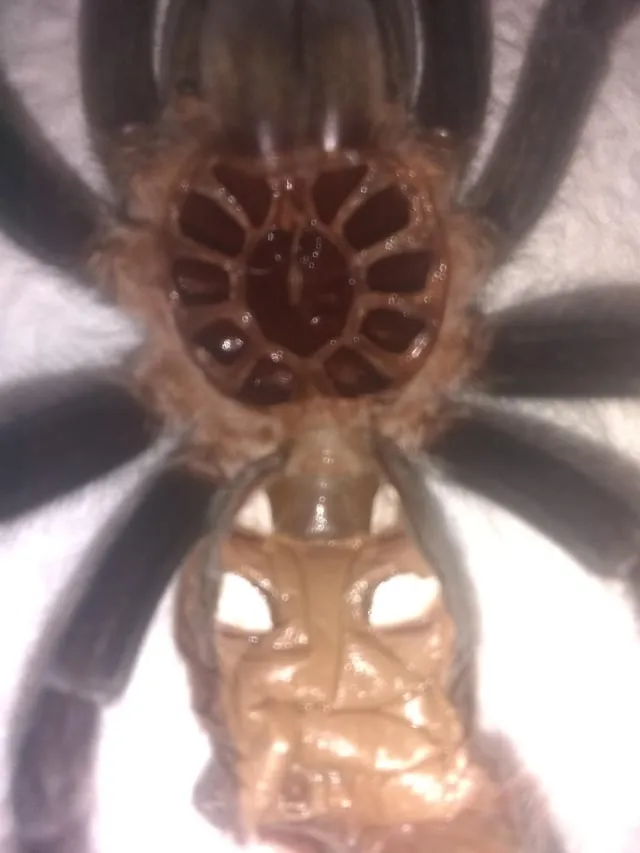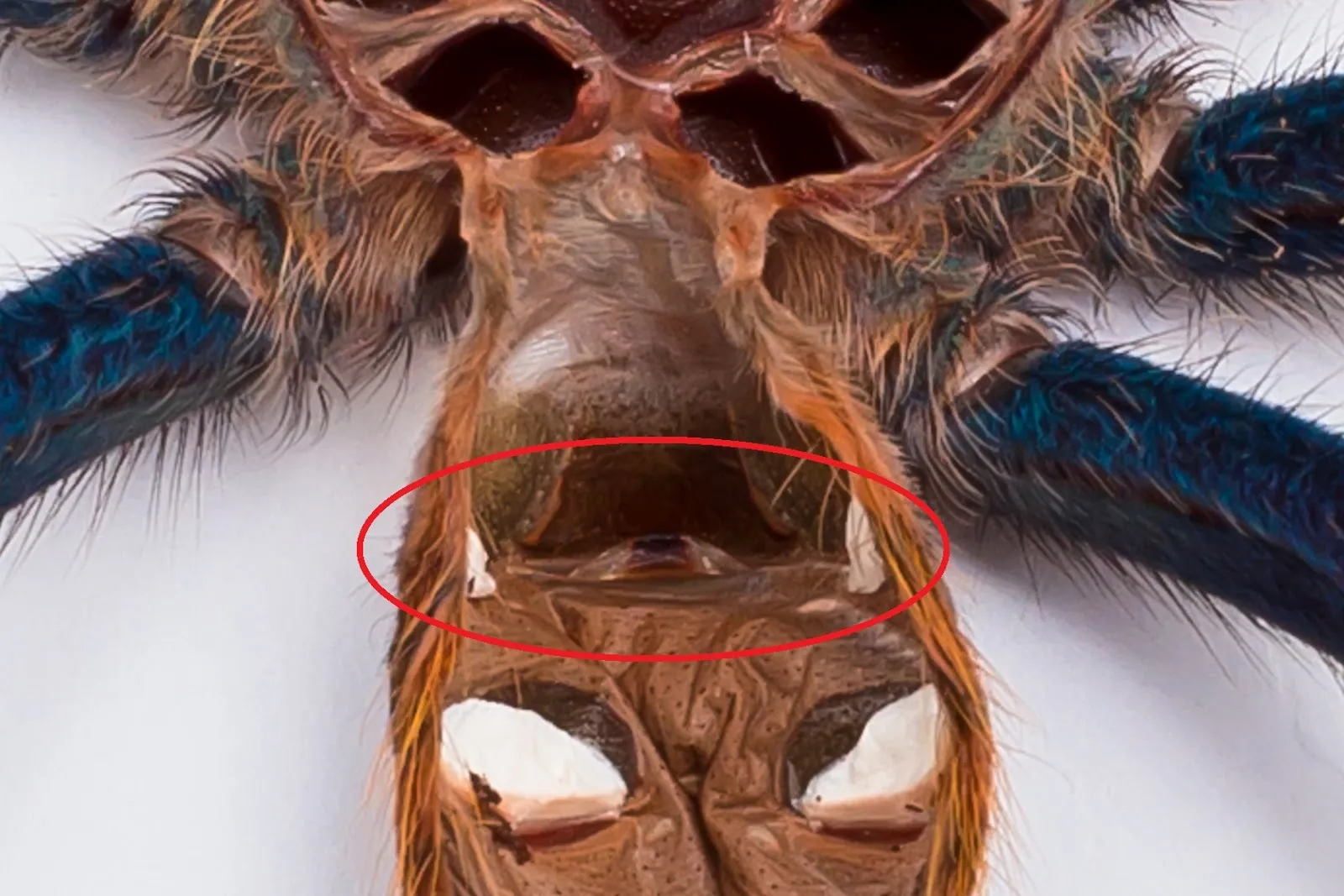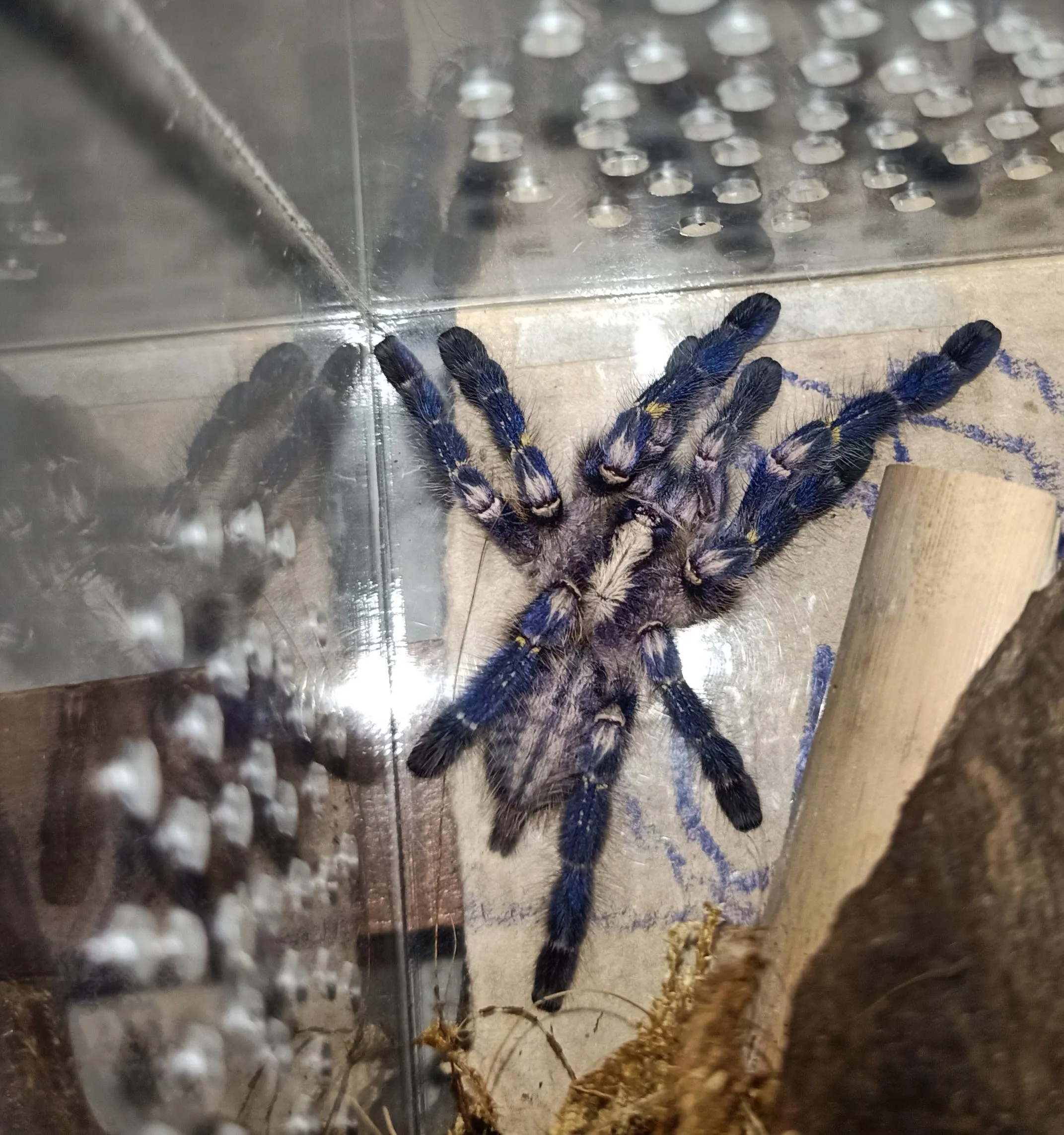PMET Tarantula Gender: Unveiling the Secrets
Determining the gender of a PMET tarantula, like any other tarantula species, is crucial for various reasons, including breeding, understanding lifespan, and providing appropriate care. Unlike mammals, tarantulas don’t have obvious external genitalia. Therefore, sexing these fascinating creatures requires careful observation and the utilization of specific identification techniques. These methods, while not always foolproof, can greatly increase your chances of accurately determining whether your tarantula is male or female. This guide provides the top five identification tips, empowering you to become a more knowledgeable and responsible tarantula keeper. With patience and practice, you’ll gain a better understanding of your eight-legged companion.
Examine the Exuviae (Molted Skin)
The most reliable method for sexing a tarantula, particularly during its juvenile stages, involves examining the exuviae, or molted skin. After a tarantula molts, it leaves behind a complete replica of its exoskeleton. By carefully inspecting the inside of the exuviae, you can often identify the presence or absence of specific sexual characteristics. This method is non-invasive and provides a clear visual indicator. It’s important to handle the exuviae with care, as it can be fragile. Use a magnifying glass and good lighting to examine the area where the spermathecae (in females) or the pedipalps (in males) are located. The clearer the exuviae, the better the chances of accurate sex determination.
Understanding the Role of Spermathecae

Spermathecae are internal organs found only in female tarantulas. They are specialized structures used for storing sperm after mating. These organs are typically visible on the inside of the exuviae. Their appearance and shape can vary slightly between species, but their presence definitively confirms that the tarantula is female. The size and prominence of the spermathecae can also sometimes indicate the maturity of the female; a more mature female will usually have more developed spermathecae. Being familiar with the typical appearance of spermathecae for your specific species is essential for accurate identification. Inspecting the exuviae under good lighting and using magnification is crucial for spotting them.
Identifying Spermathecae in Mature Females
Mature female tarantulas often have more clearly defined spermathecae. These can appear as distinct, sometimes complex, structures. The shape can be sac-like, or more elaborate. Their presence is a sure sign of a female. In some species, the spermathecae are relatively small and less defined, while in others, they can be quite large and prominent. Comparison with images of known female exuviae of the same species can be helpful in confirming your identification. When examining, carefully unfold the molted skin and use a bright light and magnification to get the best possible view.
Examining the Pedipalps
In mature male tarantulas, the pedipalps, the small leg-like appendages near the mouth, undergo a final molt that transforms them into mating organs. These modified pedipalps are used to store sperm. These modified structures are a telltale sign of a male. In contrast, female tarantulas retain unmodified pedipalps that are similar in appearance to their legs. The examination of the pedipalps requires a close look at the tarantula, and if you can safely do so, look directly at them.
The Significance of the Bulb on the Pedipalps

Mature male tarantulas have characteristic bulbous structures on the tips of their pedipalps. These bulbs, also called palpal bulbs, are the sperm storage organs. They appear after the tarantula’s final molt. The presence of these bulbs is a definitive indicator of a male tarantula. The shape and size of the bulb can vary somewhat between species, but their presence is unmistakable. Comparing your tarantula’s pedipalps to images of mature male tarantulas of the same species can assist with confirmation. If the tarantula is not fully mature, this is another reason to look at the exuviae and not the tarantula.
Assessing the Presence of Tibial Spurs
Another characteristic associated with mature male tarantulas is the presence of tibial spurs. These spurs are small, hook-like structures located on the first pair of legs, also known as the legs closest to the chelicerae (mouthparts). They are used by the male during mating to hold the female’s fangs away from him. The presence of tibial spurs is a strong indicator of a male tarantula, but their absence does not necessarily mean the tarantula is female, as some species have less pronounced spurs or lack them entirely.
A Closer Look at Tibial Spurs in Males
Tibial spurs are usually quite visible on mature males. They are located on the tibia of the first pair of legs. Observing these spurs can be done directly on the tarantula or, more easily, on the exuviae. They can vary in size and shape depending on the species, but the presence of these hooks is a sign of a male. If your tarantula has molted recently, and the exuviae is in good condition, carefully inspect the first pair of legs for the spurs. Again, use a magnifying glass and good lighting for the best results. Note that immature males will not have the spurs and so the exuviae of a younger tarantula will not show these spurs.
Analyzing the Abdomen for Gender Clues

While not as reliable as the other methods, the shape and size of the abdomen can sometimes provide clues. Female tarantulas, particularly those that have previously laid eggs, tend to have rounder, plumper abdomens, especially when they are well-fed. Males, on the other hand, often have a slightly more elongated abdomen. However, this is not a definitive indicator, as abdomen size can be influenced by factors like feeding and overall health. Therefore, this should be a supplementary observation, not a primary one. Use the exuviae and pedipalps for the most accurate answers.
Considering the Overall Appearance
The overall appearance of your tarantula can contribute to your sexing efforts. Consider the size, coloration, and overall body proportions. Mature males are often more slender than females. Females may have a more robust build. Coloration can sometimes differ, though this varies widely between species. However, visual assessment is generally unreliable on its own, so it should be combined with the other methods like exuviae examination and pedipalp and tibial spur inspection. Observing and documenting the tarantula’s characteristics over time will further improve your ability to determine its sex.
In conclusion, sexing a PMET tarantula involves several factors. By examining the exuviae, the pedipalps, and assessing other physical characteristics, you can gain insight into the gender of your tarantula. Accurate sexing contributes to responsible tarantula keeping practices. Knowing the gender of your tarantula is important to plan for breeding and ensure proper care. With practice, you can become more proficient in differentiating between males and females, improving your care practices and the tarantula’s health and well-being.
